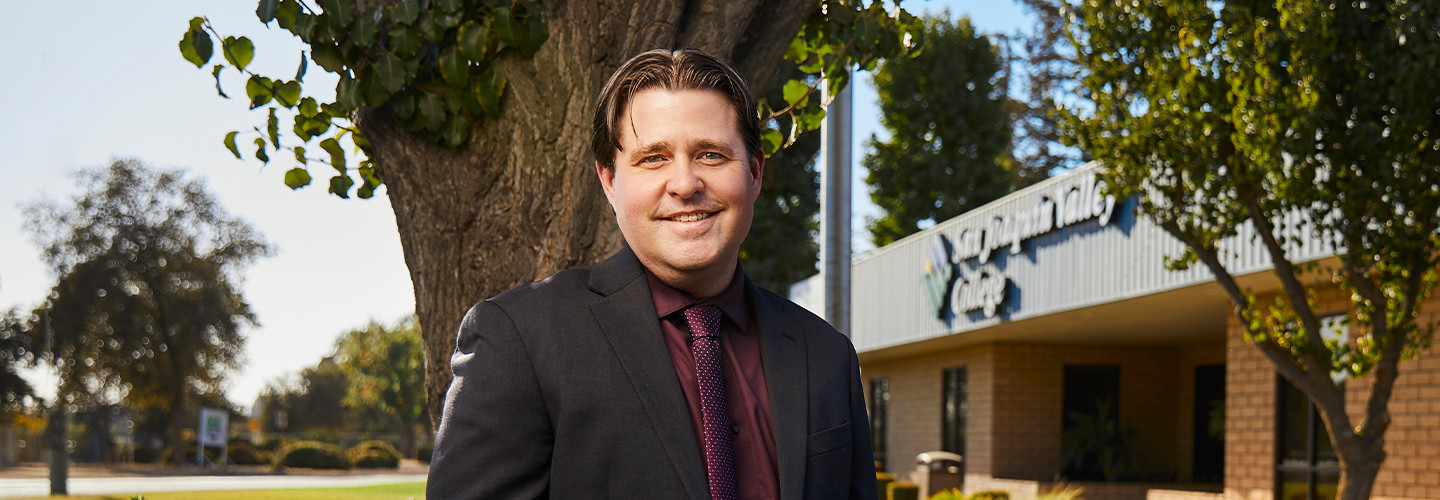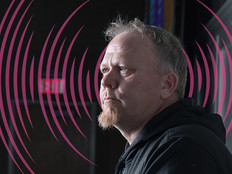Rapid Network Installation and Configurations Enable Connectivity
San Joaquin Valley College is a private career college with 17 campuses throughout Southern California. Originally, SJVC had planned a one-to-one e-book and iPad device program on a small scale, but COVID-19 changed that.
“The original plan was for a single location and a single project to move some students to e-books,” says Adam LeFaive, vice president of information systems for Ember Education, which provides administrative and technology support for SJVC and other colleges in the SJVC network. “With the pandemic, we immediately pivoted to take the project global.”
That meant buying about 3,000 iPad devices for new and continuing students. While the campuses were closed, students were able to connect to their courses remotely. However, administrators quickly recognized that when students came back for in-person learning, the demand on the aged wireless network would require a complete overhaul.
To add another degree of difficulty to the challenge, the college had to complete the upgrade within a compressed timeline — five months, to be exact — to finish the work before students returned to campus. Working with CDW partners, the team got to work.
RELATED: Kent State University on building a network that is ready for anything.
First, they decided to standardize on Meraki components, which were already in use at several campuses. Next, teams of CDW engineers visited each location to conduct site surveys and determine how much equipment the college would need and where it would be installed. Then came the implementation phase.
“We had three or four months to rip out all the old equipment and install the new equipment,” LeFaive says. “The CDW engineers handled the physical configurations. They would be at one location one day and another the next. Once they finished the first configuration, my team configured the Meraki dashboards.”
Intensive teamwork made the installation a success. Students are still using the iPad devices, and the improved Wi-Fi on campus now gives them access to even more features.
That improvement, particularly the speed at which it took place, is what stands out to LeFaive.
“Normally, if you were to ask me about how long this would take for SJVC, I’d say it would be a one-year project,” he says. “We took a 12-month project and pushed it into five months.”
Optimizing 1:1 Programs to Engage Students
Midland University, an online and in-person institution based in Fremont, Neb., began formulating its one-to-one device initiative in 2018. The university hired James Miller as its director of innovative teaching to spearhead the project.
“Midland’s vision is to provide relevant, innovative and dynamic learning experiences,” says Miller. “The prospect of providing each student with a device would help even the playing field for students.”
Like SJVC, Midland had to overhaul its Wi-Fi capabilities to fully optimize the one-to-one program. Engineers retrofitted classroom and residential buildings with updated equipment to provide full Wi-Fi coverage throughout the campus. The university also purchased Jamf, an enterprise management solution for Apple users, devices and services.
“The IT department is able to use Jamf to manage all of the iPads,” Miller says. “We can push out relevant apps and updates and track devices if they get lost.”











